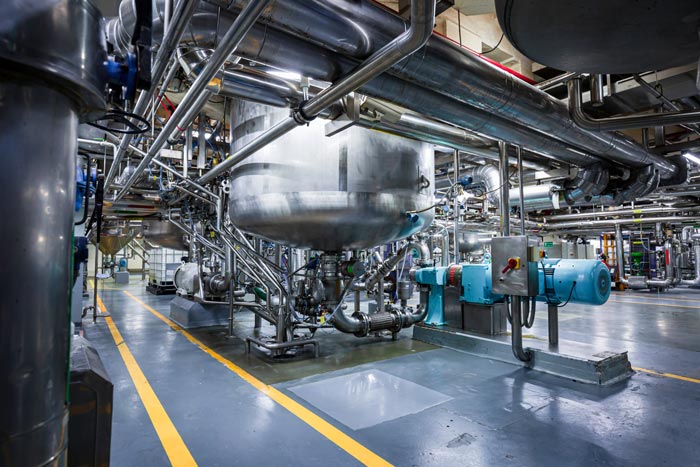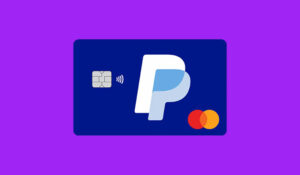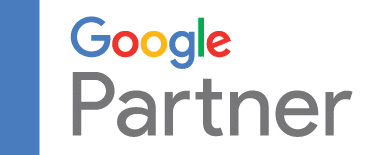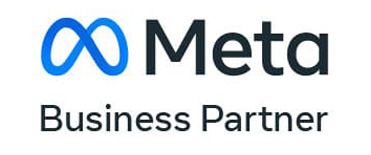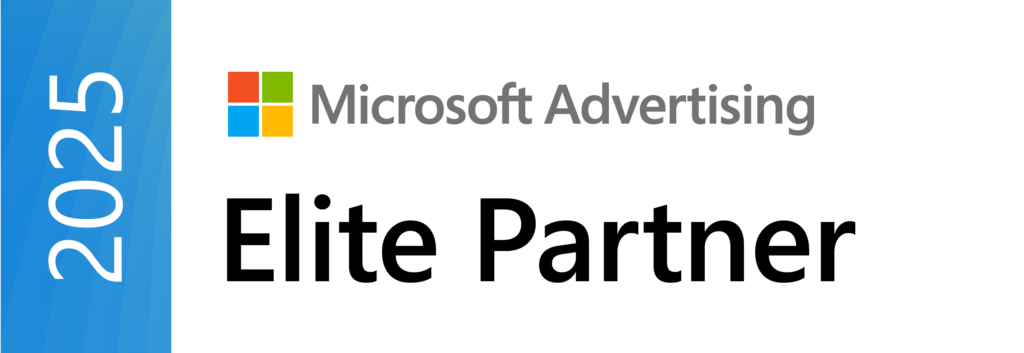Many businesses are making the mistake of trying to increase traffic and conversions without thoroughly understanding and analyzing their conversion values. This is a huge mistake because you need to know the value of the conversions that are coming in to measure the effectiveness of the campaign. In this article, we will discuss B2B marketing for high-value conversions and the pitfalls that many companies fall into.
To get started, a company must understand the value of the conversion. This can be an arduous process if this is an unfamiliar topic for the company. Unfortunately, we find that it often is just that.
How to Determine Conversion Value
Conversion values are based on what’s called Customer* Lifetime Value or CLV.
*While the term was created using the word “customer,” from here on out, in order to keep our thoughts on the B2B market, I’m going to adjust this to “client.” When it comes to high-value conversions among B2B transactions, these would more accurately be considered clients.
How to Determine CLV?
To find the CLV, a company calculates the average revenue an average client has brought in by an average lifetime (client lifetime is the length of time the client has done business with your company).
Client Lifetime Value = Gross Profit per Client (over time)
The first step is to calculate the gross profit or gross revenue per client.
Since we’re trying to find one number, we’re going to attempt to find the average or mean. I know, I know, I hear it every time “our clients’ values range all over the place.” This is why it’s hard to calculate. Let me give some quick advice:
For campaigns of less than about $5,000/mo,
- This process typically takes less than an hour
- It can and should be updated as the campaign progresses (especially if margins are potentially close)
- This is not an exact science
- The purpose of this is ONLY to assign value to leads and determine the ROAS.
For campaigns approaching and exceeding $10,000/mo,
- Campaigns in this category have usually scaled up to this point and the CLV has already been determined when budgets were lower
- If it hasn’t already been determined, this process is usually an internal discussion given the same priority that any expenses of $100,000+ carry
Why Is CLV Based on the Gross Profit or Gross Revenue and Not Net Profit?
If we used net profit instead of gross profit or gross revenue (by adding all the other expenses such as office space lease, travel, and everything else associated with operating a business) you would not isolate the customer contribution. It’s that contribution that determines the CLV.
The Problem with Measuring Clicks
There are a few pitfalls to watch out for when trying to measure conversions.
Clicks or Users should only be measured as a way to show that another metric is statistically significant. For example: Campaign A had a 15% conversion rate and Campaign B had a 5% conversion rate. But Campaign A had 25 clicks and Campaign B had 320 clicks. With this variation, there is no way to make a conclusive decision about either’s performance by weighing it against the other.
IMPORTANT, this is when you’ll be tempted to make an optimization based on those numbers – don’t. It’s not “statistically significant” and making an optimization based on statistically insignificant numbers at this point will damage future performance.
The Problem with Measuring Conversions
Obviously, not all converters are created equal and not all conversions are the same value.
The Best B2B Marketing Advice You Will Every Get
Measure all interactions with dollars. “Why don’t we just measure the valuable conversions” you ask? This is a great question. When it comes to high-value conversion campaigns, there are usually not enough conversions to be statistically significant in order to make optimizations. So, many companies just simply limp down the road until either,
- They get enough conversion to make campaign decisions
- Or they eventually just give up feeling like they wasted their money – which is true.
So, what do we do for a campaign that has a CLV of $100,000 and a 20% close rate? We measure interactions.
This gives us insight into knowing the interest in the user. For example, we can assign $1 per second on the site, $5 for scrolling a page, $10 per page view, $100 for clicking to view the lead form, $300 for clicking the phone number, $1,000 for having a 1 minute phone call, $5,000 for filling out the lead form, and $20,000 for filling out the conversion form. This allows us to qualify the type of user and therefor optimize based on the traffic coming in. We may only get one $5,000 lead form in the first month or two. But, all of those other interactions had value because that lets us know which users showed interest and which didn’t.
This is just one strategy for high-value conversion campaigns. These campaigns can be the most rewarding; while it might be harder to get conversions, the return on investment can be really high.
